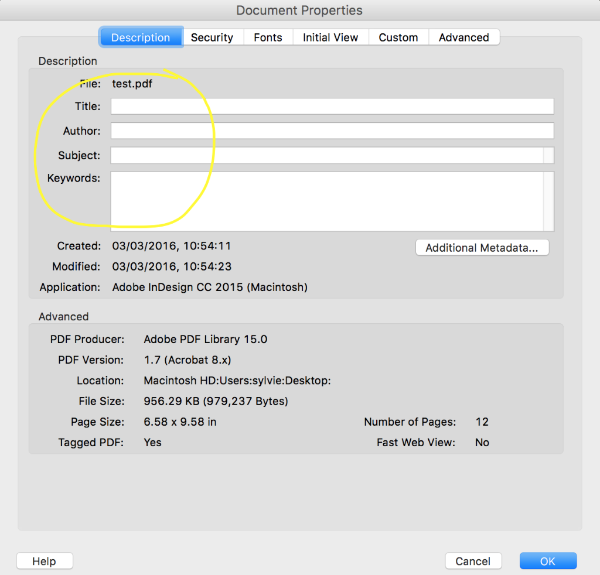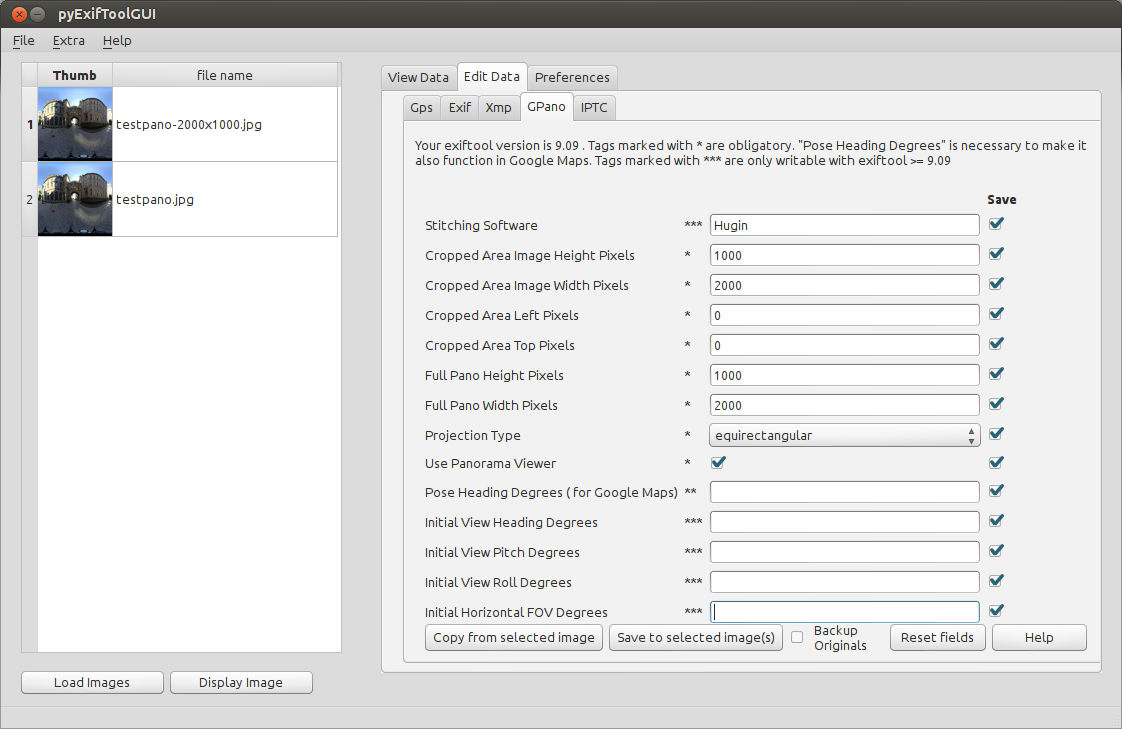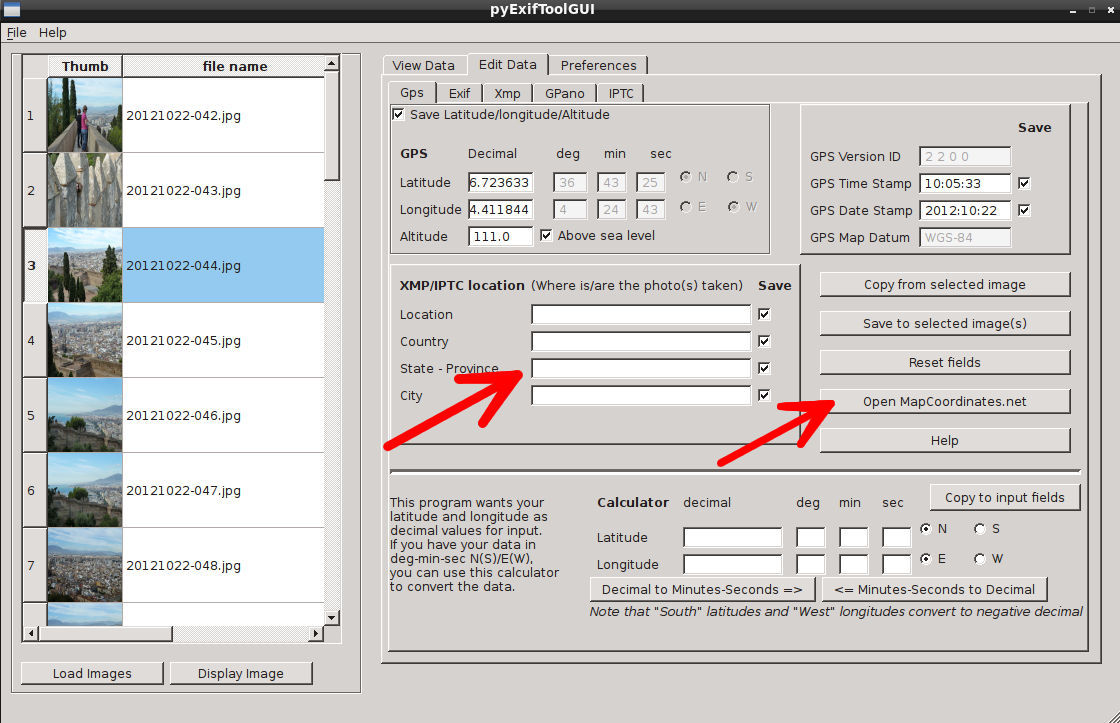

The statement of a validation tool usually is relied on without a second thought, although most validation tools are not free from false negatives and false positives. As the analysis went on I had to admit that the reality is much more complicated. In theory, my goal is the same with this examination, except being focussed on TIFF, but my initial intention was admittedly biased: I wanted to prove that the JHOVE TIFF module indeed is infallible and that TIFF validation is, as I have always known, easy-peasy. My goal was to analyse if the JHOVE JPEG module is reliable, as we are basing our preservation decisions on it. Last fall, I have compared the validation tools JHOVE and Bad Peggy and how they both deal with JPEG validation (see OPF Blogpost ).
EXIFTOOL PRODUCERS FIELD AND COUNTRY FIELD WINDOWS
Besides, the “myriad alternatives” often seem difficult to use for me on my windows machine with my limited experience with command-line-tools and batch-scripting. That’s why nobody uses the myriad alternatives to it, although it’s so easy to write a TIFF validator, I could almost do it myself.īut while my colleague Michelle and I are drafting a paper for the IDCC this february, it dawned on me: “Everybody” has never written about the infallibility of JHOVE in a paper or Blogpost so far, or has run a thorough test that I know of. Therefore, using a 2x telephoto lens to increase the effective focal length seems to have made the depth of field even more shallow.I have never doubted the JHOVE TIFF module. So, the depth of field is about 83 inches.įrom the depth of field chart, the iPhone without a telephoto lens with a focus distance of 24 inches would produce a depth of field of about 112 inches. Measuring that distance gives a very approximate far point for the depth of field of about 96 inches. I judge that where the shed transitions from in focus to out of focus is about a quarter of the way in from the left side. Looking carefully at the original full-size image the left is sharply in focus but the right of the shed is slightly out of focus. The left side (left of the blue strip) is slightly closer to the iPhone than the right edge. However, the green wooden shed is actually a guide.

The far point is more difficult to assess. Therefore, the depth of field near point must be between 12 and 14 inches from the iPhone. With the telephoto lens on the iPhone, the first six dominoes look out of focus but the seventh looks acceptably in focus. Unfortunately, the depth of field chart no longer applies because the effective focal length is different from the value used to calculate the chart values. With the telephoto lens in place, I adjusted the focus point to be about 24 inches from the iPhone. I tried this technique on the iPhone by adding an Aukey 2x telephoto lens. When using a video camera or DSLR/Mirrorless, you can blur the background by using a longer focal length. Portrait mode or a third-party app was not used to produce artificial background blur. Only the iPhone’s optics were used to create the effect. I have done this with a large match-box as my nearby subject. You can see the nearby object is blurred but everything from just beyond the subject out to the far distance is acceptably in focus. Now tap and hold on part of the scene that is in the middle or far distance. Wait until you see AE/AF Lock appear and your subject will be in focus, but the background will be blurred. Now tap and hold on the display where you want in focus. Try putting a small object within about two to four inches (5-10cm) of your iPhone’s lens. So in practice, how can you create those blurry backgrounds using nothing but the optics on your smartphone? As yet, I’ve not seen any examples that look as good as the real thing. Here I’m talking about real optical bokeh and not the synthetic background blur artificially created by more recent smartphones. Generally, the closer your lens is to the subject the blurrier the background will be. You’ll only get those silky-smooth blurred backgrounds, or bokeh if your subject is close up to your iPhone’s camera lens. Zoom in for a longer focal length and background blur?Ĭreating shallow depth of field with iPhoneĪ shallow depth of field with an iPhone is possible on any recording and any iPhone, although there is one caveat.What’s the iPhone depth of field problem?.


Creating shallow depth of field with iPhone.


 0 kommentar(er)
0 kommentar(er)
